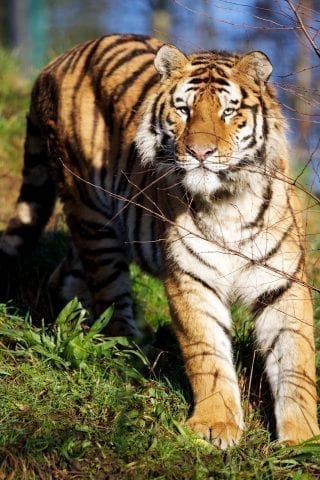Fun facts
Unique Markings
The pattern of stripes on a tiger's body are completely unique to that tiger, much like our fingerprints.
Water Lovers
Unlike most other members of the cat family, Amur tigers like water! They can swim, and they will often submerge themselves in pools or streams on hot days to cool down.
Love Songs
Roar infrequently but have been known to roar for intimidation and communicating with cubs. Not just to find a mate and indicate receptivity.
Long Range
Amur tigers have the largest home range territories of any tiger subspecies. This is because they must travel great distances to hunt and find food, due to low prey densities. Male territories are usually over 1000km2. Female territories are usually just over 400km2
Cub's Day Out
After approximately 2 months cubs will accompany their mother to kill sites. This is when they leave the den. Cubs will leave their mother's territory between 2-3 years of age.



